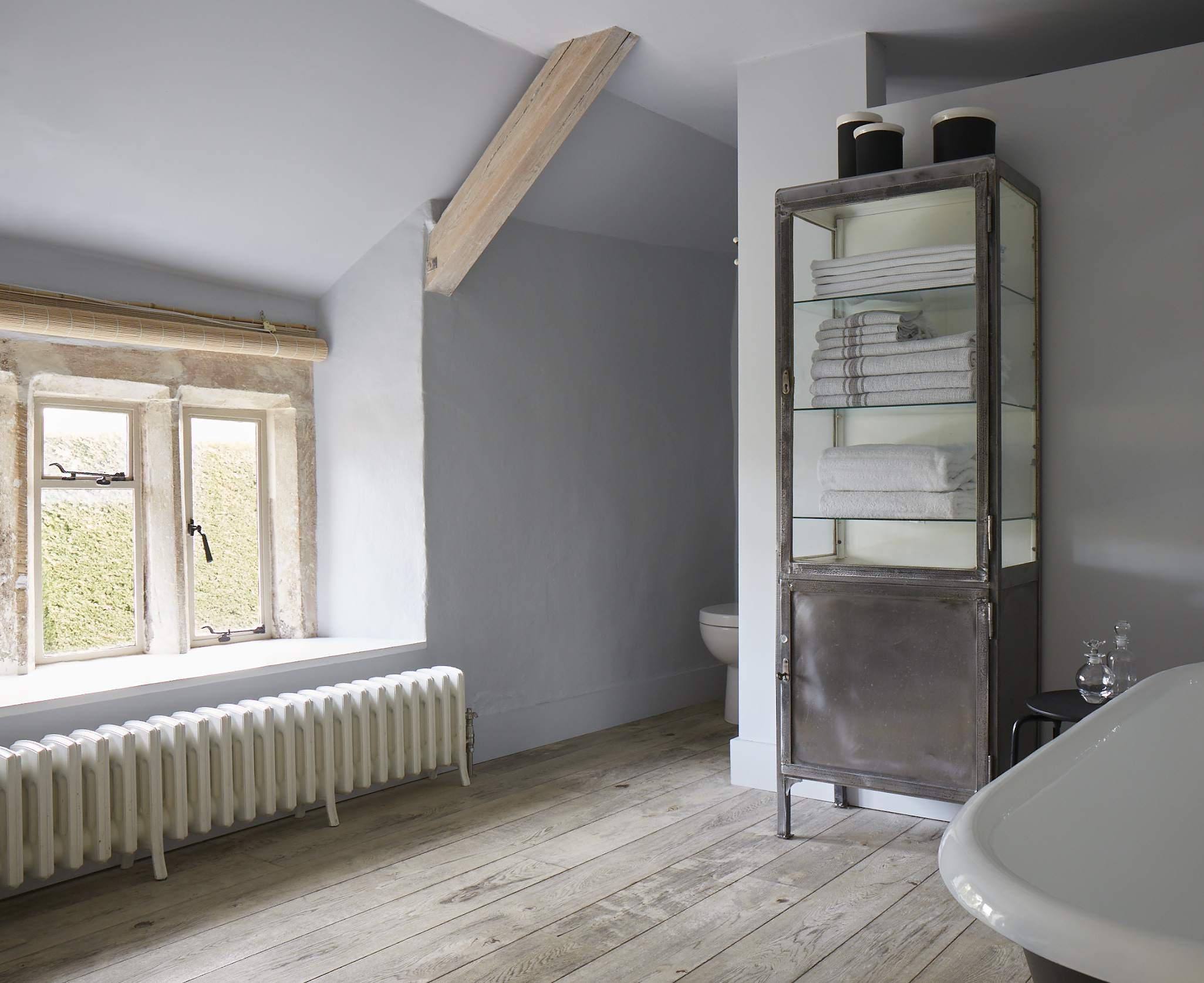
We all seem to have a great understanding of the value of good design.
But what is good design?
When Dieter Rams, a German industrial designer and academic, developed the 10 brilliant design principles (sometimes referred to as the 10 commandments) in the late 1970’s, he was deeply concerned by the state of the world around him: “an impenetrable confusion of forms, colours and noises”.
After training as an architect in 1955, Rams went on to work for the consumer-electronics company, Braun, until retirement in 1997 — where he introduced the world to “functionalist” industrial design.
In functionalist design, he brought simplicity and style to everyday objects: radios, shavers, coffee makers and more.
Over time, this adherence to functionalism became known as the Braun design process — where the purpose intended for the object is the guiding force behind its making.
Every decision about the product (shape, colour, texture, cost etc) is made to maximise the objects capacity to fulfil its intended purpose.
In the process, he created iconic designs that have stood the test of time, including furniture for what was then a small company, Vitsoe.
His 606 Universal Shelving System for Vitsoe remains an astonishing and “close to perfect” piece.
“I always strive for things to be sustainable. By that I mean the development of long-lasting products, products that don’t age prematurely, which won’t become out of style. Products that will remain neutral, that you can live with longer” — Dieter Rams
Considering how much consumer products and technology have changed tremendously, Dieter Rams principles of good design remain valuable guidelines not only for industrial designers, but for anyone working in the field of design, including architects, interior and experience designers.
For more than 50 years, the godfather of industrial design transformed the nature of consumer products.
Here are his 10 commandments of good design (the explanation of each principle has been retrieved from www.vitsoe.com/us/about/good-design):
1. Good design is innovative
The possibilities for innovation are not, by any means, exhausted. Technological development is always offering new opportunities for innovative design. But innovative design always develops in tandem with innovative technology, and can never be an end in itself.
2. Good design makes a product useful
A product is bought to be used. It has to satisfy certain criteria, not only functional, but also psychological and aesthetic. Good design emphasises the usefulness of a product whilst disregarding anything that could possibly detract from it.
3. Good design is aesthetic
The aesthetic quality of a product is integral to its usefulness because products we use every day affect our person and our well-being. But only well-executed objects can be beautiful.
4. Good design makes a product understandable
It clarifies the product’s structure. Better still, it can make the product talk. At best, it is self-explanatory.
5. Good design is unobtrusive
Products fulfilling a purpose are like tools. They are neither decorative objects nor works of art. Their design should therefore be both neutral and restrained, to leave room for the user’s self-expression.
6. Good design is honest
It does not make a product more innovative, powerful or valuable than it really is. It does not attempt to manipulate the consumer with promises that cannot be kept.
7. Good design is long-lasting
It avoids being fashionable and therefore never appears antiquated. Unlike fashionable design, it lasts many years — even in today’s throwaway society.
8. Good design is thorough down to the last detail
Nothing must be arbitrary or left to chance. Care and accuracy in the design process show respect towards the user.
9. Good design is environmentally friendly
Design makes an important contribution to the preservation of the environment. It conserves resources and minimizes physical and visual pollution throughout the lifecycle of the product.
10. Good design is as little design as possible
Less, but better — because it concentrates on the essential aspects, and the products are not burdened with non-essentials. Back to purity, back to simplicity.
Conclusion
Many of Dieter Rams designs are featured in museums throughout the world.
His “less, but better” approach influences a generation of products, and the 10 principles of good design are a timeless source of inspiration that any designer can appreciate.
The straightforward list lays down key points: Good design is innovative, useful, aesthetic, understandable, unobtrusive, honest, long-lasting, thorough, conscious of its environment and is as little design as possible.






